In the gleaming corridors of modern scientific laboratories, some of the most valuable research subjects measure just millimeters in length. Insects, from the ubiquitous fruit fly to sophisticated robotic replicas, have become indispensable to scientific advancement across multiple disciplines. These tiny creatures offer researchers unprecedented opportunities to study fundamental biological processes, develop new technologies, and address pressing global challenges. The journey from using simple fruit flies in genetic studies to developing insect-inspired robots represents one of the most fascinating progressions in scientific research methodology. As we explore the world of insects in research labs, we’ll discover how these small organisms contribute to massive breakthroughs that shape our understanding of life itself and inspire cutting-edge technologies.
The Pioneering Role of Drosophila melanogaster

The humble fruit fly, Drosophila melanogaster, holds the distinction of being perhaps the most important insect in scientific research history. First adopted for genetic studies by Thomas Hunt Morgan in the early 1900s, these tiny flies offered unprecedented advantages: they reproduce rapidly, have only four pairs of chromosomes, and develop from egg to adult in just 10-12 days. Morgan’s pioneering work with Drosophila led to fundamental discoveries about gene linkage and chromosome mapping, eventually earning him the Nobel Prize in 1933. Today, over a century later, Drosophila remains central to genetic research, with approximately 75% of human disease genes having recognizable counterparts in fruit flies. This remarkable genetic conservation allows scientists to model human diseases, test potential treatments, and unlock the mysteries of development and aging in these accessible insect systems.
Honeybees: Windows into Complex Social Behavior

Honeybees represent another cornerstone of laboratory research, offering scientists a window into complex social behaviors and cognitive abilities. These remarkable insects maintain intricate social structures within their colonies, complete with specialized roles, sophisticated communication systems, and collective decision-making processes. Researchers study honeybees to understand the neural basis of learning, memory formation, and social interaction—findings that often have surprising parallels in human neuroscience. One of the most fascinating aspects of honeybee research involves their communication system, particularly the “waggle dance” through which foragers relay precise information about food sources to their hivemates. By maintaining observation hives in laboratory settings, scientists can manipulate environmental variables while monitoring bee behavior, providing insights into everything from pesticide effects to the genetic basis of social organization.
Mosquitoes and Disease Transmission Research
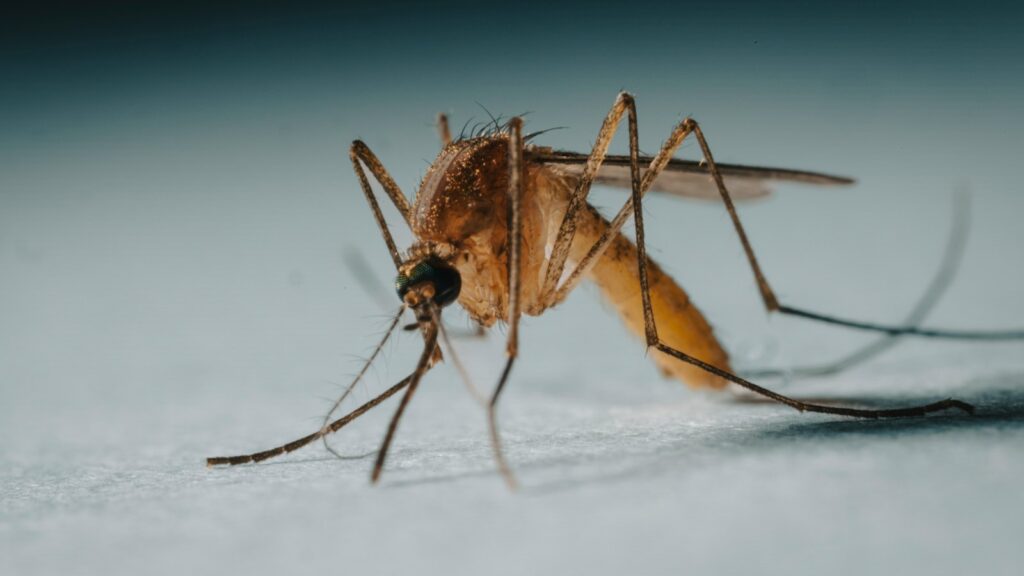
Few insects have shaped human health research as profoundly as mosquitoes, which serve as vectors for devastating diseases including malaria, dengue fever, Zika virus, and yellow fever. Laboratory colonies of Anopheles, Aedes, and other mosquito species enable scientists to study every aspect of disease transmission, from the molecular interactions between pathogens and their insect hosts to the effectiveness of control strategies. Modern research facilities maintain precisely controlled environments where mosquito breeding, feeding, and infection can be monitored under biosecure conditions. Recently, genetic modification approaches have created mosquito strains that resist pathogen infection or carry genes that prevent reproduction—technologies that show promise for disease control in endemic regions. By understanding the biology of these disease vectors at the molecular level, researchers hope to develop novel interventions that could save millions of lives annually.
Beetles in Biodiversity and Conservation Research
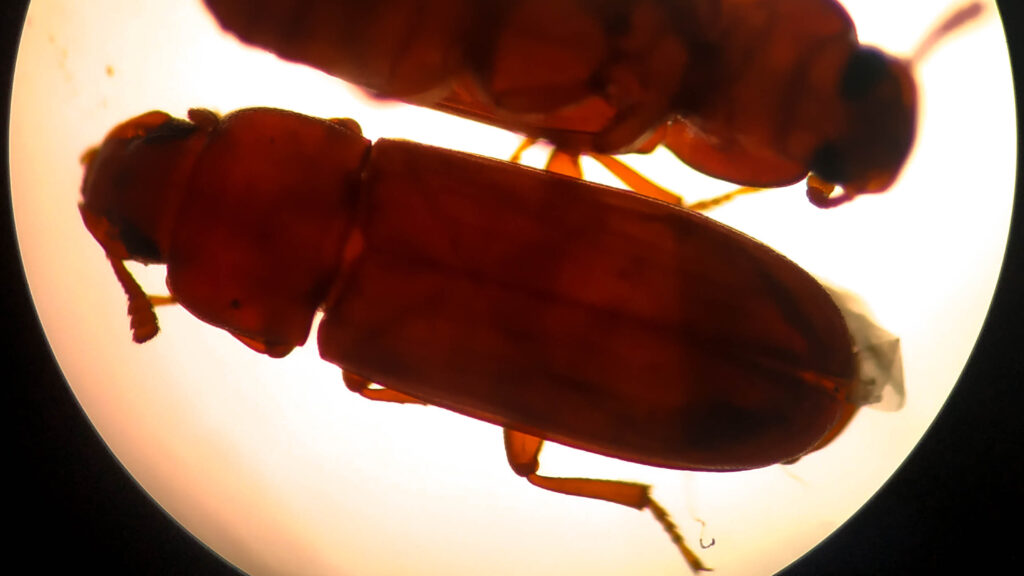
Beetles, representing the most diverse group of insects with over 400,000 described species, serve as important subjects in biodiversity and conservation research. Laboratory studies of these insects help scientists understand evolutionary processes, adaptation mechanisms, and ecological relationships that shape entire ecosystems. Certain beetle species, like the red flour beetle (Tribolium castaneum), have become model organisms with fully sequenced genomes that provide insights into development, immunity, and adaptation. Conservation biologists maintain laboratory populations of endangered beetle species to study their reproductive biology, habitat requirements, and potential reintroduction strategies. In forensic entomology labs, carrion beetles and their larvae help scientists develop methods to determine time of death in human remains, demonstrating yet another practical application of beetle research.
Insect Neurobiology: Studying Simple Nervous Systems
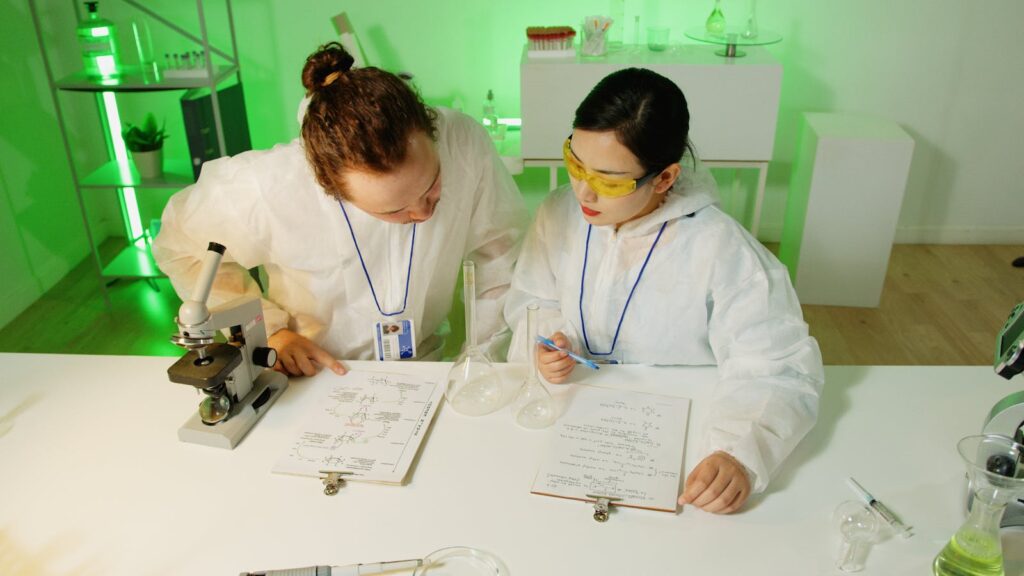
Insect nervous systems, while containing far fewer neurons than mammalian brains, demonstrate remarkable computational efficiency and specialized capabilities that fascinate neurobiologists. Researchers study these relatively simple neural networks to understand fundamental principles of sensory processing, motor control, and decision-making that may apply across the animal kingdom. The desert locust, with its manageable nervous system and robust behaviors, has become a key model for studying how neural circuits generate complex movements like flight and walking. Similarly, hawkmoths with their precision hovering abilities offer insights into visual processing and motor coordination that inspire both biological theory and engineering applications. Technical advances now allow scientists to record from individual neurons in actively behaving insects, creating unprecedented opportunities to link neural activity directly to specific behaviors.
Butterflies and Developmental Biology
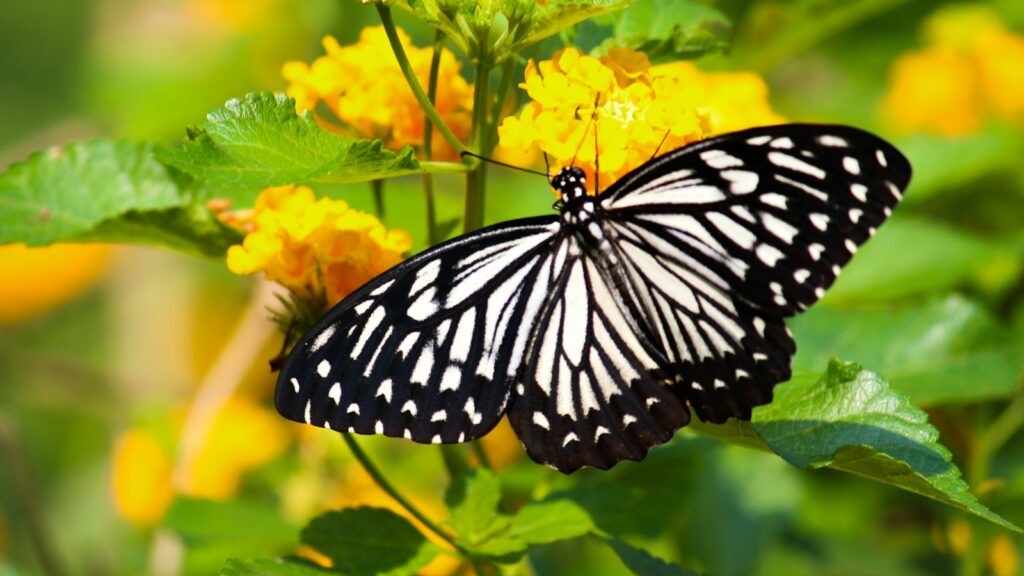
Butterflies have emerged as extraordinary models for studying developmental biology, particularly the complex processes of metamorphosis and pattern formation. Their dramatic life cycle transformation from caterpillar to adult involves the remarkable disassembly and reconstruction of body tissues, providing researchers with a natural laboratory for studying cell death, growth, and differentiation. Wing pattern development in butterflies like Bicyclus anynana has become a powerful system for investigating how genes regulate the formation of complex color patterns through developmental signaling pathways. Researchers use techniques ranging from genetic manipulation to advanced imaging to track developing cells and tissues throughout the metamorphic process. Recent advances in CRISPR gene editing technology now allow scientists to modify butterfly genomes with unprecedented precision, opening new avenues for connecting genetic changes to developmental outcomes.
Silkworms: From Traditional Industry to Biotechnology
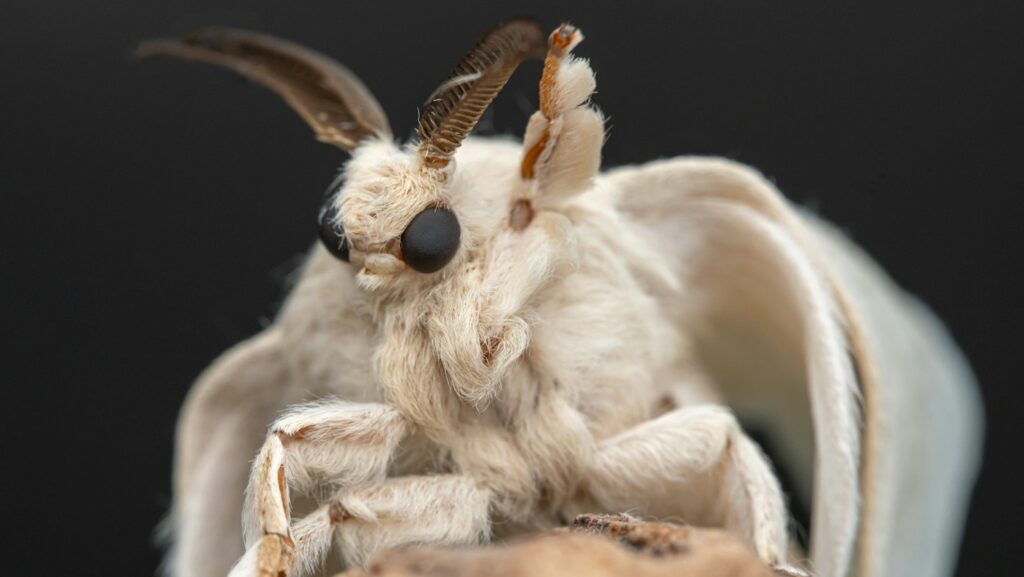
The silkworm, Bombyx mori, represents one of humanity’s oldest domesticated insects and continues to bridge traditional sericulture with cutting-edge biotechnology in modern laboratories. These specialized caterpillars produce silk proteins with remarkable mechanical properties that have inspired materials scientists to develop new fibers with medical and industrial applications. Beyond silk production, silkworms serve as bioreactors in biotechnology labs, where researchers have engineered them to produce pharmaceutical proteins, including human collagen for medical applications. Their large size, established genetic tools, and completely sequenced genome make silkworms ideal for studying insect physiology, immunity, and hormone regulation. Recent research has even explored using modified silkworms to produce spider silk proteins—naturally occurring materials with strength-to-weight ratios exceeding steel—demonstrating how traditional sericulture continues evolving at the forefront of biomaterials research.
Cockroaches in Robotics and Biomechanics Research
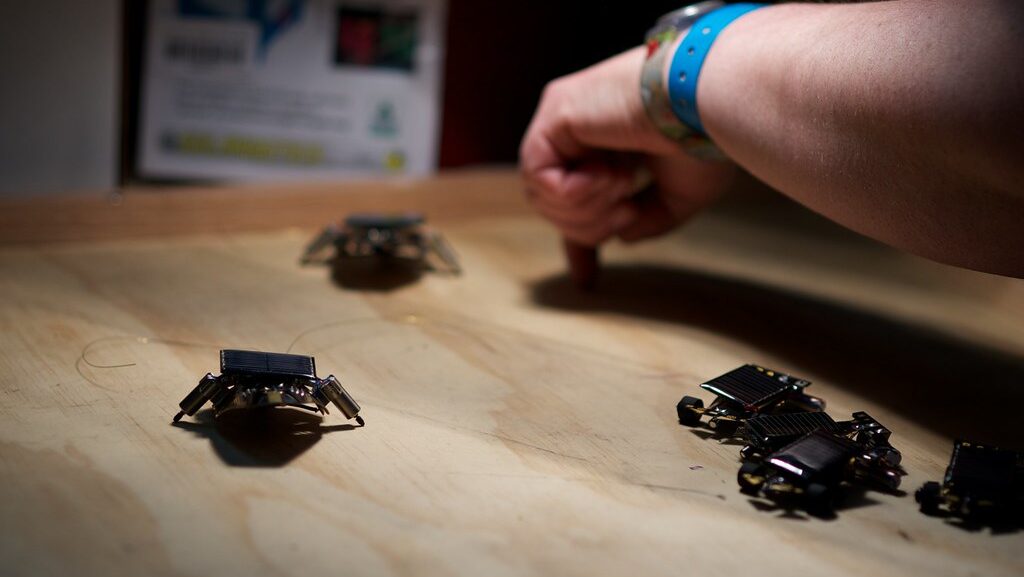
The much-maligned cockroach has found redemption in research laboratories studying robotics and biomechanics, where their remarkable physical capabilities inspire cutting-edge technologies. These insects can navigate complex terrain at extraordinary speeds, squeeze through tiny openings by compressing their bodies, and withstand forces that would crush many other creatures. Motion capture systems in specialized labs track cockroach movements with millisecond precision, allowing researchers to analyze their gait patterns and stability mechanisms during high-speed runs and climbs. The American cockroach’s ability to transition from horizontal running to vertical climbing without slowing down has directly influenced the design of agile robots designed for search-and-rescue operations. Their sensory systems, particularly the mechanoreceptive hairs that detect minute air movements, have inspired new sensor technologies for autonomous vehicles and security systems.
Insect-Inspired Robotics: Birth of the Robo-Fly
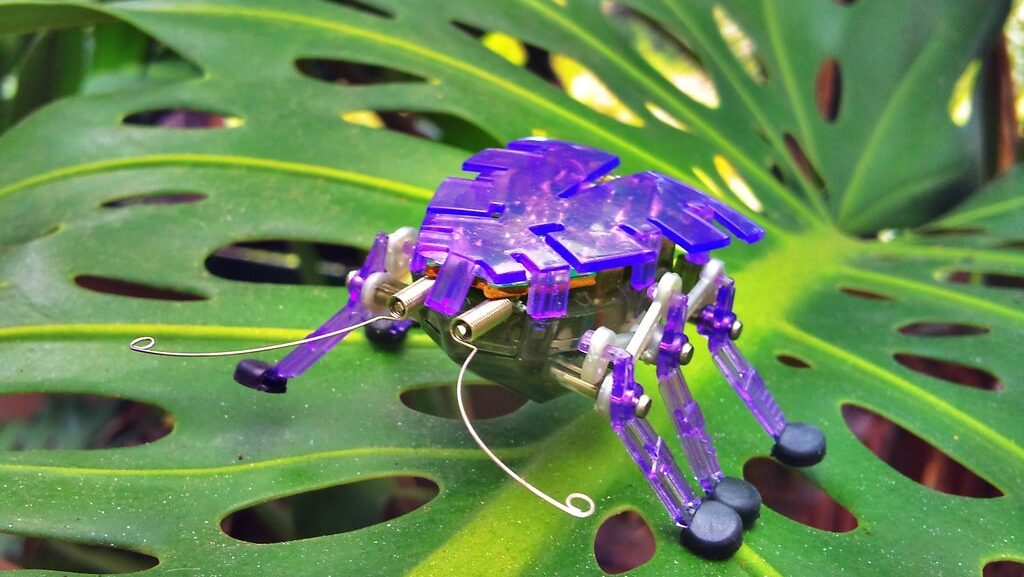
The convergence of entomology and robotics has given rise to an entirely new research field centered on insect-inspired machines, with the micromechanical “robo-fly” representing one of its most impressive achievements. These tiny robotic insects, some weighing less than a paperclip, incorporate design principles drawn directly from their biological counterparts—from wing structure and movement patterns to sensory systems and processing algorithms. Harvard’s RoboBee and similar projects demonstrate how insect flight mechanics can be replicated through piezoelectric actuators that mimic muscle contractions, producing the rapid wing movements necessary for flight. Beyond mimicking physical capabilities, researchers are implementing neural-inspired control systems that allow these robots to process sensory information and make decisions similar to how insect brains function. These microrobots hold promise for applications ranging from environmental monitoring and disaster response to artificial pollination and surveillance.
Insects in Agricultural Research and Food Security

Modern agricultural research laboratories increasingly focus on insects from dual perspectives: managing pest species that threaten crops while promoting beneficial insects essential for pollination and natural pest control. Scientists maintain colonies of both pest insects like aphids and beneficial predators like ladybugs to study their interactions under controlled conditions that simulate field environments. Innovative research now explores using insects themselves as food sources, with mealworms, crickets, and black soldier fly larvae being cultivated as sustainable protein alternatives with significantly lower environmental impacts than conventional livestock. The controlled rearing of insects for human consumption requires sophisticated research into nutrition, food safety, and processing techniques to develop commercially viable products. Forward-thinking agricultural researchers also study insects as decomposers and waste processors, developing systems where black soldier fly larvae convert organic waste into valuable protein and fertilizer—creating circular economy solutions for food production.
Ethical Considerations in Insect Research

As insect research advances, scientists increasingly grapple with ethical questions about how these organisms should be treated in laboratory settings. While insects have traditionally fallen outside the scope of animal welfare regulations that protect vertebrates, growing evidence of complex behaviors and potential for subjective experiences in some insect species has prompted reevaluation of these boundaries. Research facilities now implement the “Three Rs” principle—replacement, reduction, and refinement—even for insect subjects, seeking to minimize suffering and use the fewest specimens necessary for valid research. Special ethical considerations arise with genetically modified insects intended for environmental release, where potential ecological impacts must be carefully assessed through rigorous laboratory and confined field studies. Researchers also face ethical questions about creating increasingly sophisticated insect-machine hybrids or “cyborg insects,” where living organisms are fitted with electronic components to control their movements and behaviors for research or applied purposes.
The Future: Integrating Insect Research Across Disciplines

The future of insects in research laboratories points toward increasingly integrated approaches that bridge traditional disciplinary boundaries and leverage advanced technologies. Artificial intelligence and machine learning algorithms now analyze insect behaviors with unprecedented detail, identifying patterns too subtle for human observation and generating new hypotheses about insect cognition and decision-making. Advances in microscale 3D printing allow researchers to create experimental environments that precisely control an insect’s sensory experience, enabling new types of behavioral and neurological studies. The emerging field of synthetic biology offers possibilities for redesigning insect systems at the molecular level, potentially creating organisms with novel capabilities for environmental sensing, bioremediation, or medical applications. Perhaps most significantly, research that once remained isolated within entomology departments now routinely involves collaborations with engineers, computer scientists, medical researchers, and climate scientists—reflecting the growing recognition that these small creatures offer outsized contributions to solving humanity’s biggest challenges.
From the earliest fruit fly genetic studies to today’s sophisticated robotic replicas, insects continue to serve as invaluable research subjects across the scientific spectrum. Their relatively simple systems, diverse adaptations, and evolutionary success make them perfect models for understanding fundamental biological principles. As technology advances, our ability to study these creatures—and to learn from them—grows exponentially. Whether helping us understand human disease, inspiring new robotics, addressing food security, or developing novel materials, insects in research laboratories demonstrate that sometimes the smallest subjects yield the largest breakthroughs. The journey from fruit flies to robo-flies reflects not just the evolution of our scientific capabilities, but also our deepening appreciation for the remarkable complexity and potential of these six-legged marvels.
